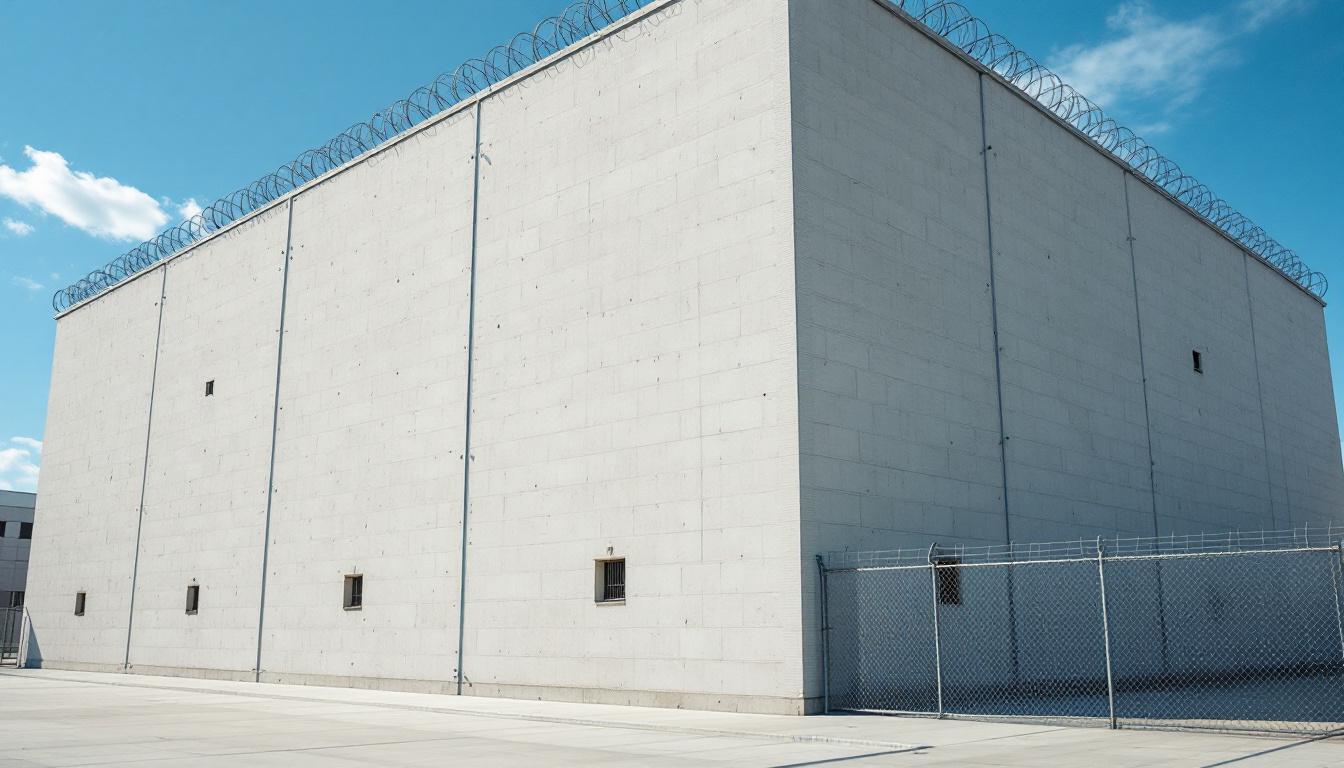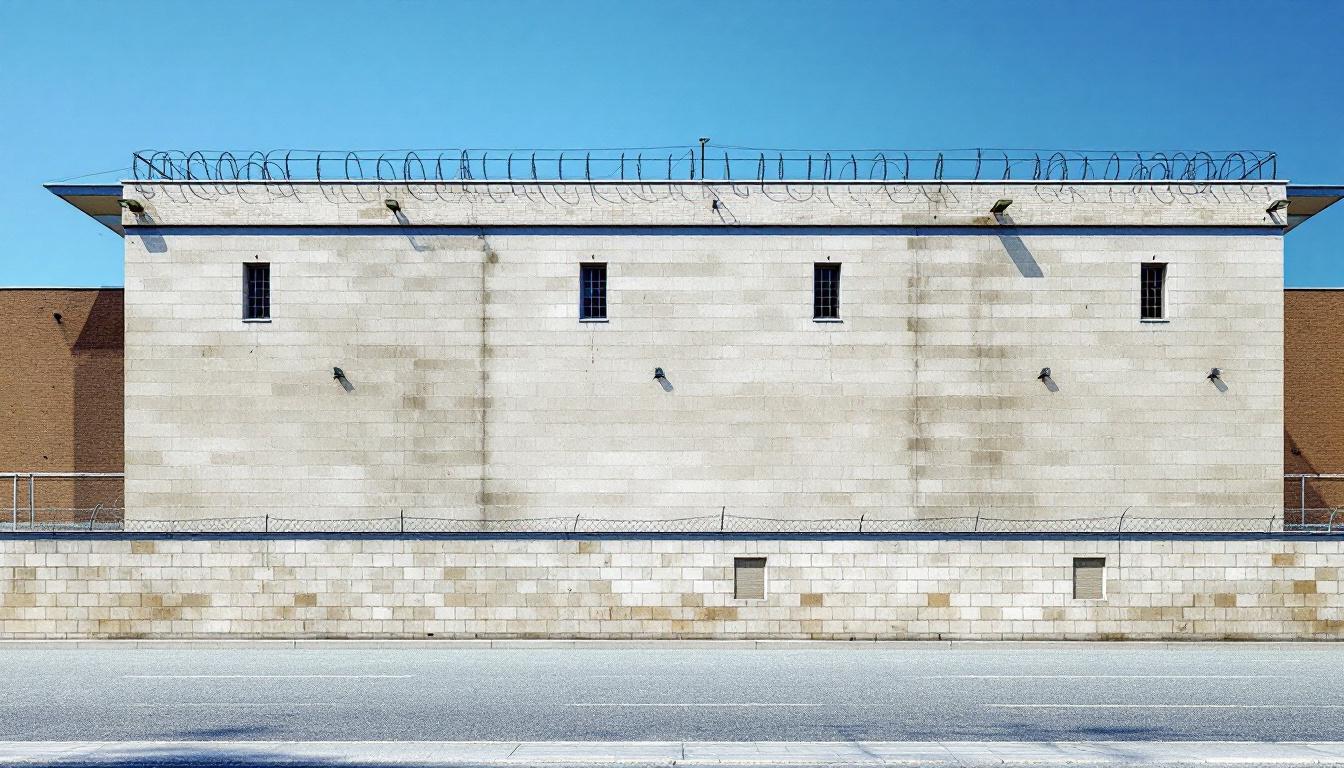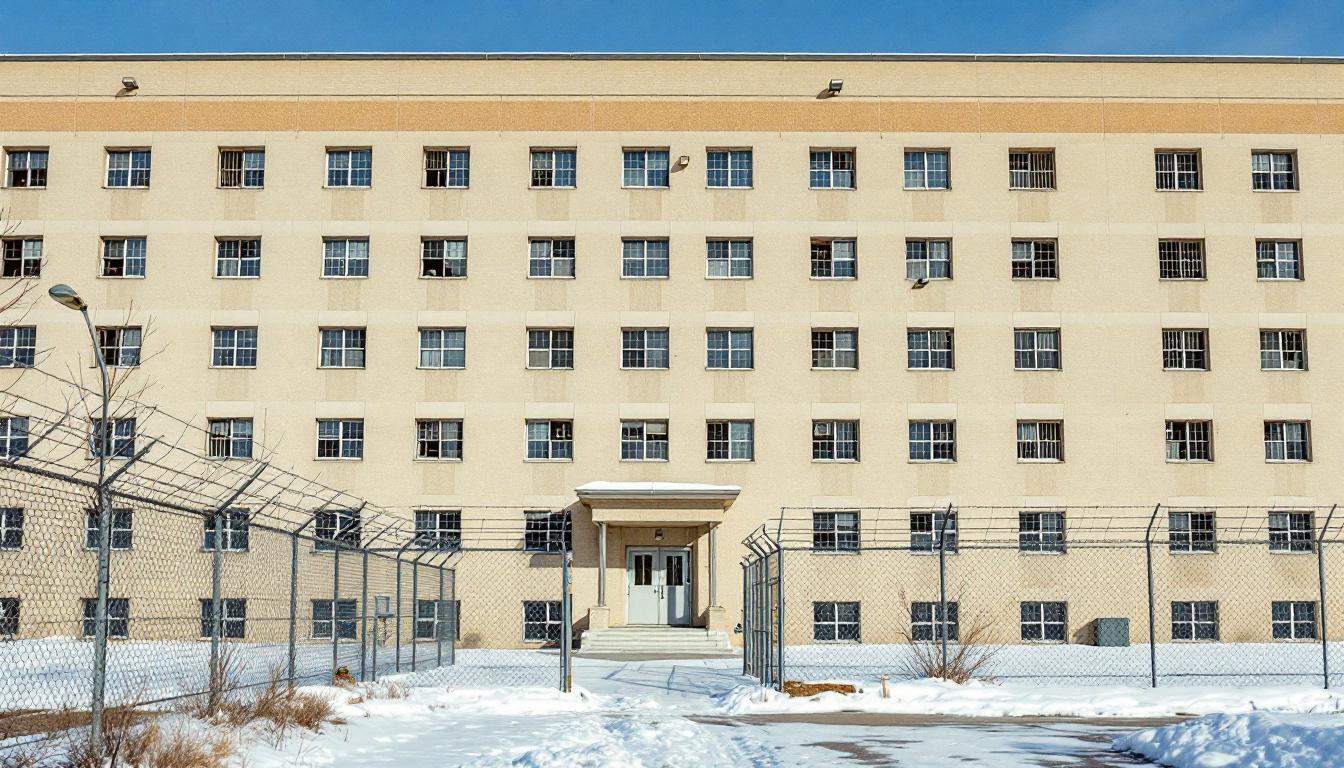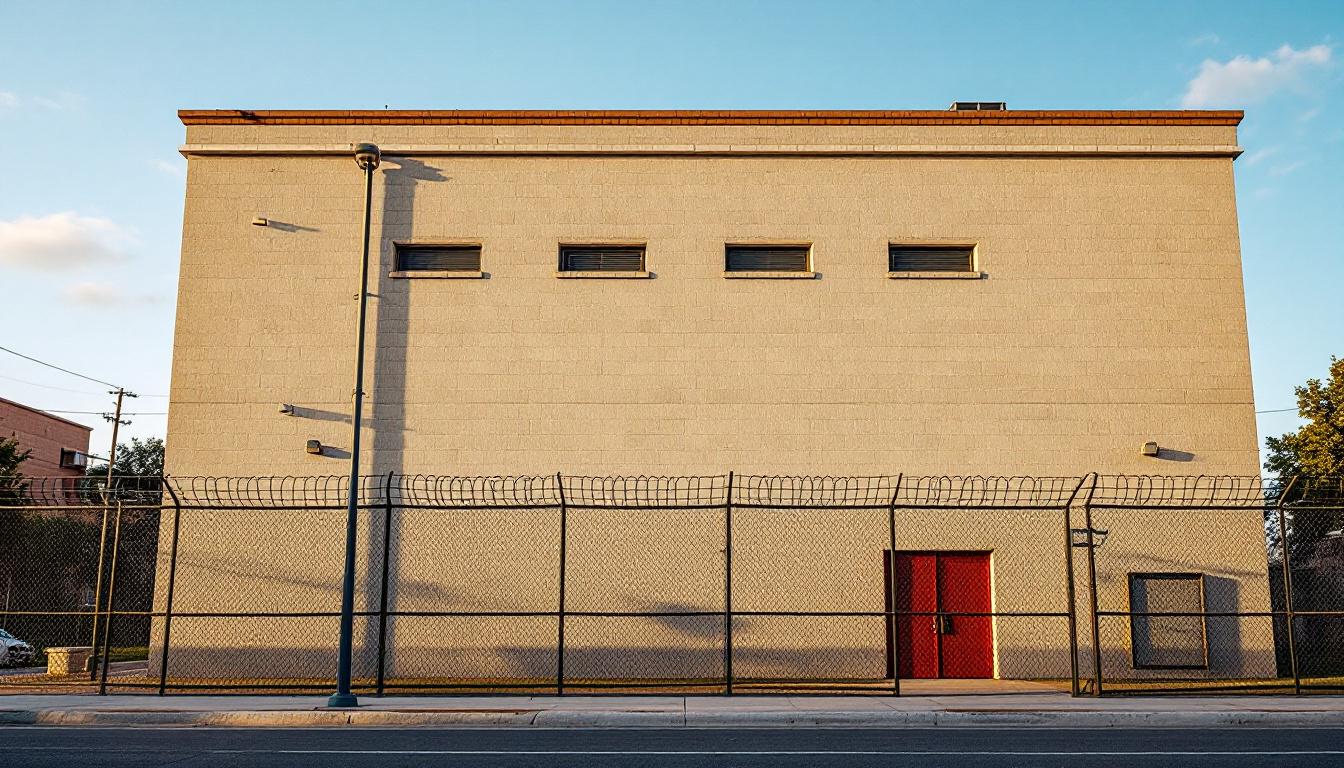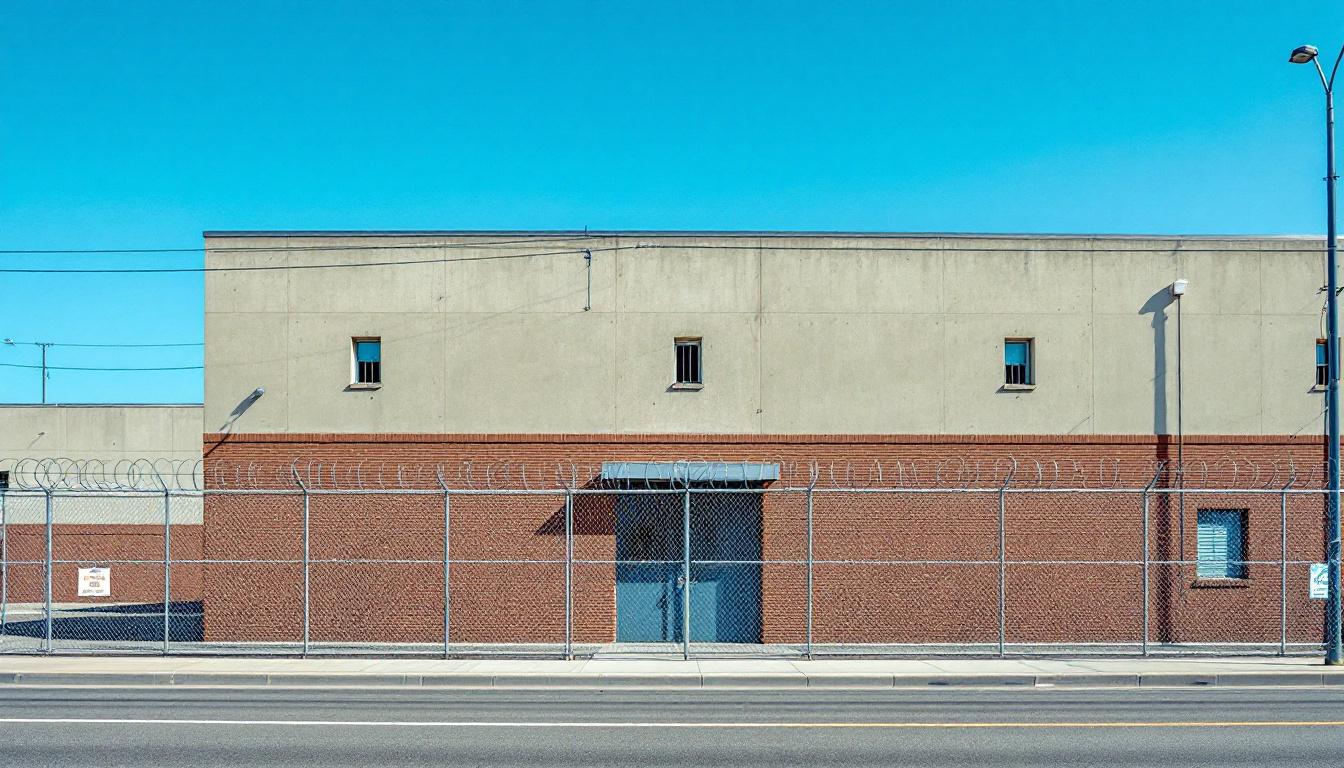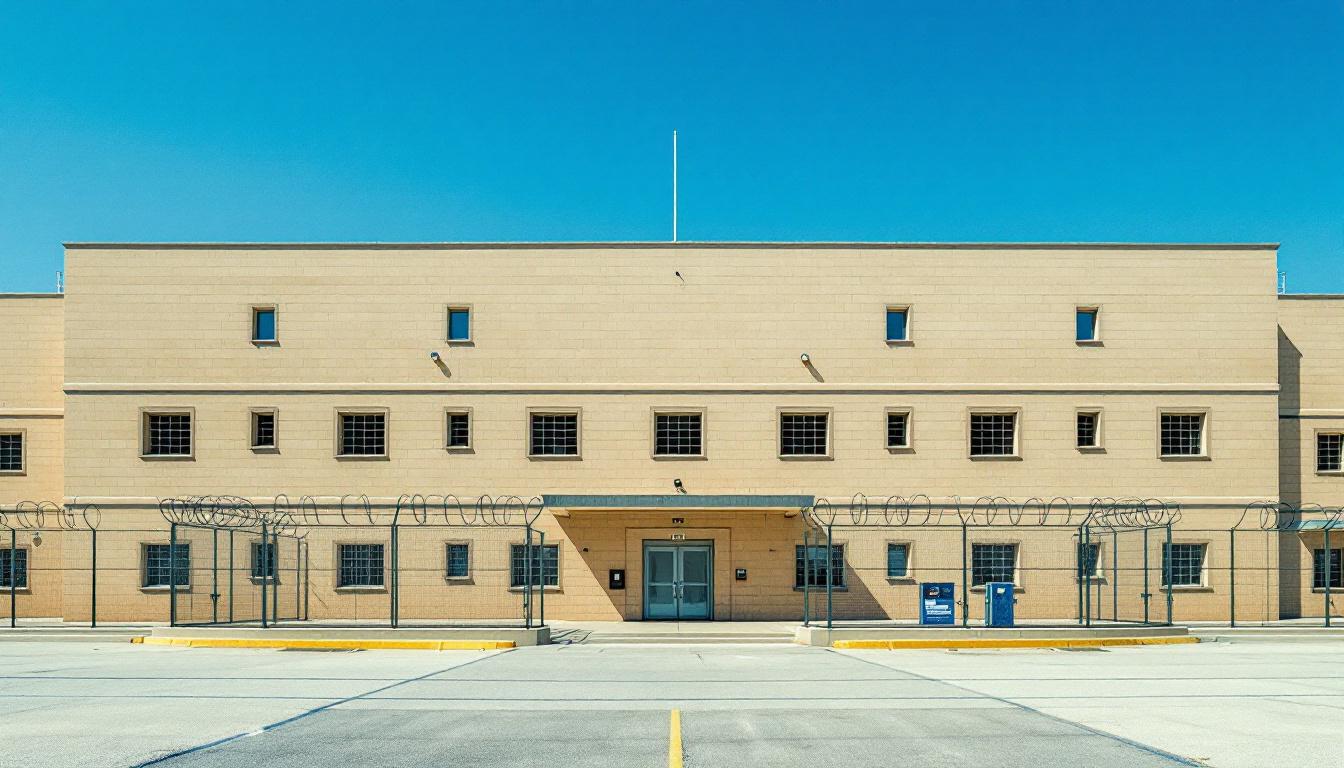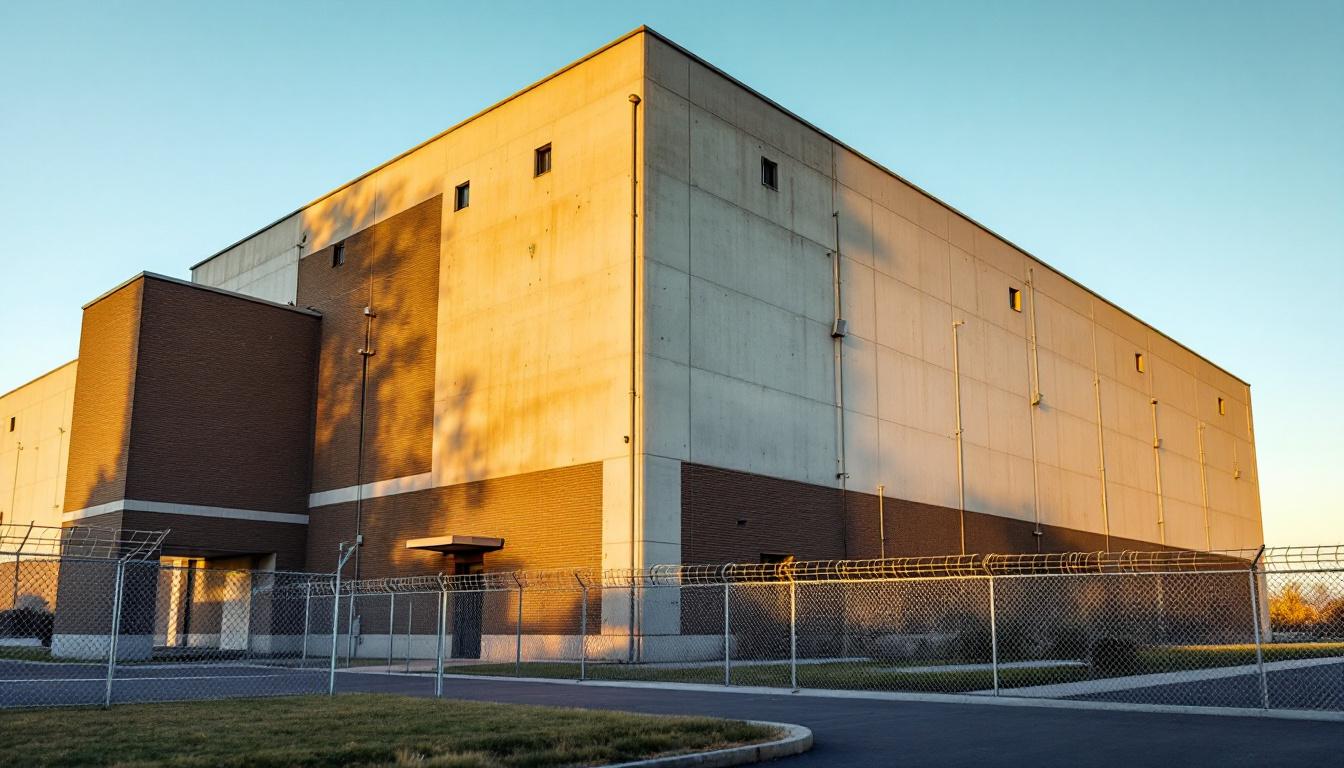
Quick Navigation
How to contact an inmate at Oregon State Correctional Institution
This comprehensive guide will walk you through how to connect with an inmate at Oregon State Correctional Institution. Follow the steps below to find an inmate and send letters and photos:
- Search for the inmate using our search tool below
- Create your account or log in to Penmate
- Write your message (up to 6,000 characters)
- Send instantly - inmates receive printed copies daily
Find an Inmate
Search for an inmate to start communicating today
Tip: You can search by first name, last name, or inmate ID number
To contact a person at Oregon State Correctional Institution start by searching for the person on the official facility website. Perform a search by following these steps:
- Step 1: Enter their first name and last name into the search form and click "Search"
- Step 2: Locate their inmate record
- Step 3: Write down their Inmate ID and any housing information provided
Important! Be sure to enter the person's full name. Nicknames should not be used.
How to Send Messages to Inmates

You can use your phone or computer to send emails, letters, and photos to an inmate. Messages are sent electronically to inmate tablets or kiosks at the facility. If you would like to send a message, start by searching for an inmate at Oregon State Correctional Institution.
Sending Photos and Postcards

A great way to send love and support to a loved one at Oregon State Correctional Institution is to send photos and postcards. It only takes a few minutes to send photos from your phone and it makes a huge difference. You can also mail postcards with words of support and inspiration, or design your own postcard for special moments like birthdays and holidays.
Important! Be sure not to send any explicit photos or they may not be approved by the facility. You can also use a photo printing app like Penmate to make sure your photos are printed at the correct size (4x6 or 3x5) and are mailed according to the rules and regulations of Oregon State Correctional Institution.
Frequently asked questions about Oregon State Correctional Institution
-
How long does it take to deliver a message?
If you're sending an email message your letter is usually delivered within 24-48 hours. For messages sent via mail you should expect delivery within 3-7 days. All messages will need be approved by Oregon State Correctional Institution.
-
How much does it cost to send a message to Oregon State Correctional Institution?
You can send a message free using your phone or mail a message via USPS for the price of a $0.60 stamp and envelope. You can also purchase credits or e-stamps from services starting at $1.99.
-
What services can I use to contact an inmate at Oregon State Correctional Institution?
Penmate
You can use Penmate to send letters and photos to an inmate from your phone. It's an easy way to stay in touch during your loved one's incarceration. Use the inmate locator to find an inmate's location and contact information, then you can send messages within a few minutes.
Securus messaging
Securus may be another option for communicating with an inmate at Oregon State Correctional Institution. You can create a friends and family account and purchase credits to send messages. All messages will be reviewed and must be approved by the facility.
JPay
Some county jails and state prisons may support sending messages with JPay. You must register an account with the system, find your loved one, and purchase stamps to send messages. For some locations you can also attach photos.
Smart Jail Mail
You may also check if Smart Jail Mail is available at Oregon State Correctional Institution. Smart Jail Mail is operated by Smart Communications and has contracted with some state and county jails. After purchasing credits, your messages and photos are sent to the facility, printed out, and then handed out to your loved one.
-
What is the mailing address of Oregon State Correctional Institution?
Mailing address:
Oregon State Correctional Institution
3405 Deer Park Dr SE
Salem, OR 97310
Phone: (503) 373-0100Business hours:
- Monday: 8:30 – 10:45 AM
- 1:00 – 3:45 PM
- Tuesday: 8:30 – 10:45 AM
- 1:00 – 3:45 PM
- Wednesday: 8:30 – 10:45 AM
- 1:00 – 3:45 PM
- Thursday: Closed
- Friday: Closed
- Saturday: 8:30 – 10:45 AM
- 1:00 – 3:45 PM
- Sunday: 8:30 – 10:45 AM
- 1:00 – 3:45 PM
-
What are the visiting hours at Oregon State Correctional Institution?
Visiting hours at Oregon State Correctional Institution vary by housing unit and security level. Generally, visits are scheduled on weekends and holidays, with some facilities offering weekday visits. Contact the facility directly at (503) 373-0100 or check their website for the current visiting schedule. Visits typically last 30-60 minutes and must be scheduled in advance.
-
What items are prohibited when sending mail to Oregon State Correctional Institution?
Prohibited items typically include: cash, personal checks, stamps, stickers, glitter, glue, tape, staples, paperclips, polaroid photos, musical or blank greeting cards, hardcover books, magazines with staples, and any items containing metal or electronics. Only send letters on plain white paper with blue or black ink. Photos must be printed on regular photo paper (no Polaroids). Always check with Oregon State Correctional Institution for their specific mail policies.
-
How do I send money to an inmate at Oregon State Correctional Institution?
You can send money to an inmate at Oregon State Correctional Institution through several methods: 1) Online using JPay, Access Corrections, or the facility's approved vendor, 2) Money orders mailed directly to the facility with the inmate's name and ID number, 3) Kiosks located in the facility lobby, or 4) Over the phone using a credit or debit card. Fees vary by method, typically ranging from $2.95 to $11.95 per transaction.
-
Can I schedule a video visit with an inmate at Oregon State Correctional Institution?
Many facilities now offer video visitation as an alternative to in-person visits. At Oregon State Correctional Institution, video visits may be available through services like Penmate, Securus Video Connect, GTL, or ICSolutions. Video visits typically cost $10-20 for 20-30 minutes and must be scheduled in advance. You'll need a computer or smartphone with a camera and reliable internet connection. Contact the facility for their specific video visitation policies and approved vendors.
-
What identification do I need to visit an inmate at Oregon State Correctional Institution?
All visitors must present valid government-issued photo identification such as a driver's license, state ID, passport, or military ID. Minors must be accompanied by a parent or legal guardian who can provide the minor's birth certificate. Some facilities require visitors to be on the inmate's approved visitation list, which may require a background check. Contact Oregon State Correctional Institution for specific ID requirements and visitor approval procedures.
-
How can I find out an inmate's release date?
To find an inmate's release date at Oregon State Correctional Institution, you can: 1) Use the online inmate search tool if available, 2) Call the facility's records department, 3) Contact the inmate's case manager or counselor, or 4) Have the inmate provide this information during a call or visit. For privacy reasons, some facilities only release this information to immediate family members.
Facility Overview
Contact Information
Oregon State Correctional Institution3405 Deer Park Dr SE
Salem, OR 97310
Phone: (503) 373-0100
Official Website
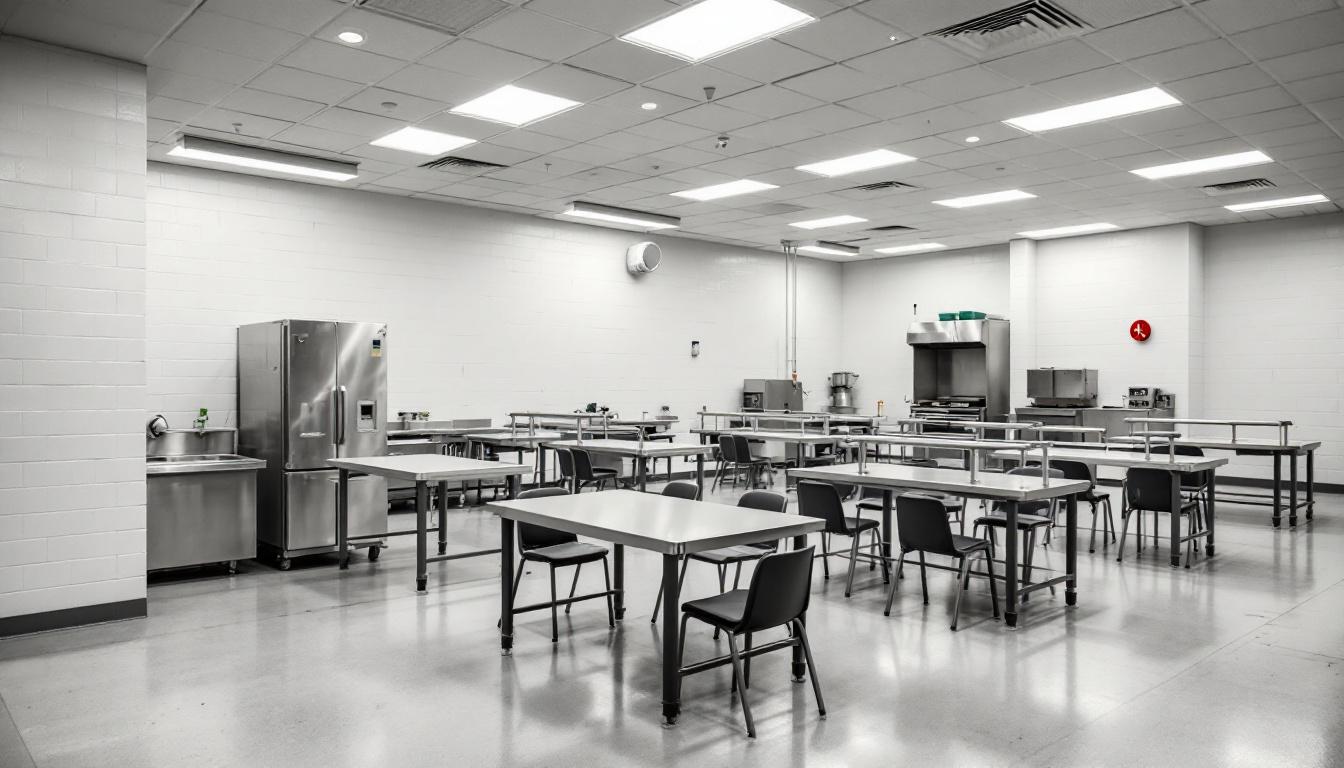
About Oregon State Correctional Institution
Serving the greater Salem community and surrounding Willamette Valley region, this Oregon correctional facility operates as a vital component within the state's comprehensive corrections network. Through collaborative partnerships with local service providers and regional organizations, Oregon State Corr. Inst, OR works to address the complex needs of incarcerated individuals while maintaining strong connections to the broader Pacific Northwest correctional system. The facility's approach emphasizes community reintegration support, recognizing that successful rehabilitation often depends on coordinated efforts between institutional programs and external resources.
Located in Oregon's capital city, this OR correctional facility typically offers a range of inmates services designed to support both immediate needs and long-term preparation for community return. Educational opportunities, vocational training programs, and substance abuse counseling generally form the foundation of rehabilitative efforts, while mental health support and medical care address ongoing wellness concerns. The facility's position within Salem allows for meaningful connections with local employers, educational institutions, and community organizations that may provide valuable resources during the reintegration process.
As part of Oregon's broader correctional network, the institution generally coordinates with other regional facilities to ensure appropriate placement and program availability for individuals throughout their incarceration period. This collaborative approach often extends to sharing resources, expertise, and best practices across the Pacific region's correctional system, ultimately strengthening the overall effectiveness of rehabilitation efforts and community safety initiatives throughout the area.
Programs & Services
Personal transformation through structured rehabilitation services forms the cornerstone of Oregon State Correctional Institution's approach to inmate development. The facility's comprehensive framework emphasizes skill-building and behavioral modification through evidence-based interventions that address both immediate needs and long-term reintegration goals. This multifaceted approach recognizes that meaningful change requires sustained engagement across educational, vocational, and therapeutic domains, creating pathways for inmates to develop the competencies necessary for successful community transition.
Educational services typically encompass foundational literacy programs, high school equivalency preparation, and post-secondary coursework opportunities that enable inmates to advance their academic credentials while incarcerated. These academic pursuits often complement robust vocational programs that may provide hands-on training in trades such as construction, automotive repair, or culinary arts, equipping participants with marketable skills for employment upon release. Additionally, specialized agriculture programs frequently offer inmates the opportunity to develop expertise in farming techniques and land management, fostering both practical abilities and a connection to sustainable practices.
The institution's therapeutic framework generally includes individual counseling services that address personal challenges and trauma histories through evidence-based treatment modalities. Cognitive behavioral programs typically focus on restructuring thought patterns and developing healthy coping mechanisms, while music programs may serve as creative outlets that enhance emotional expression and social connection. Furthermore, work release programs often provide qualified inmates with supervised employment opportunities in the community, facilitating gradual reintegration while maintaining institutional oversight and support throughout the transition process.
Daily Life & Visitation
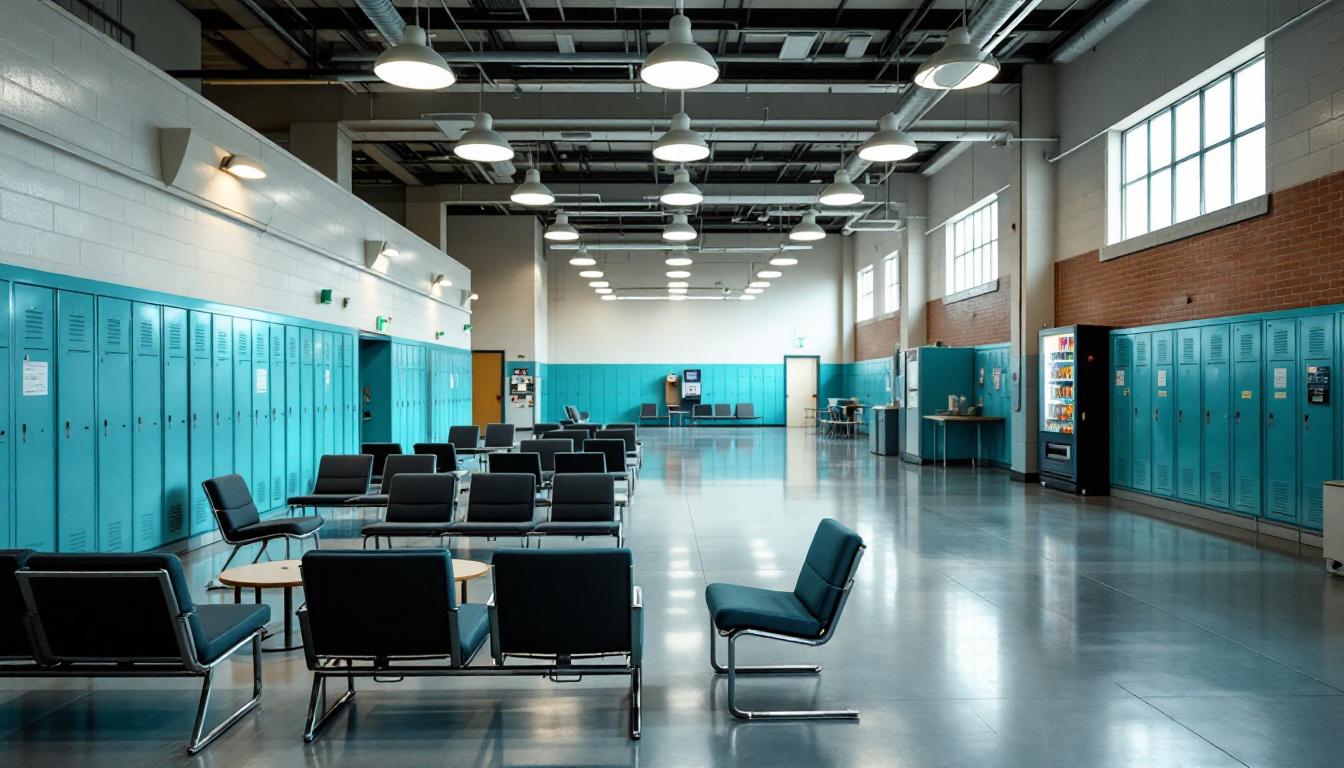
The concrete walls and steel doors of the housing units at Oregon State Correctional Institution create a controlled environment where inmates must navigate carefully structured routines within the confines of their assigned living spaces. Inmates currently follow established daily schedules that begin with early morning counts and continue through a series of supervised activities, meals, and programming sessions that provide structure to their days. The facility typically maintains consistent routines that help inmates adapt to institutional life while generally offering opportunities for personal development and skill-building.
Living accommodations usually consist of shared cells or dormitory-style housing units, where inmates often adapt by creating personal spaces within the limited confines of their assigned areas. The dining arrangements typically involve scheduled meal times in common areas, where inmates generally receive nutritionally planned meals that may accommodate dietary restrictions or religious requirements. While the physical environment remains restrictive, inmates usually develop routines around maintaining their personal property, accessing commissary items, and organizing their limited belongings in ways that provide some sense of personal control within the institutional setting.
Additionally, the facility typically provides various recreational opportunities that may include access to exercise areas, library services, and structured programming designed to support rehabilitation goals. Work assignments often give inmates purposeful daily activities, ranging from facility maintenance to kitchen duties, which can provide valuable job skills and help structure their time. Visitation policies generally allow for regular family contact, while communication options may include monitored phone calls and correspondence that help inmates maintain important relationships with loved ones outside the facility, supporting their eventual reintegration into the community.
Ready to Connect?
Start communicating with your loved one today
Search for an Inmate
